What is horticultural therapy?
According to the Canadian Horticultural Therapy Association (CHTA), "Horticultural therapy uses plants and the natural world to improve the social, spiritual, physical and emotional wellbeing of individuals who participate in it." The CHTA defines horticultural therapy as a "formalized discipline of the use of horticultural activities, and other related activities, to enable people to participate in their own healing process. It is more properly administered by trained professionals such as horticultural therapists but can be practiced by many others informally."
Alternative therapy in the garden
Today, horticultural therapy at any level is recognized as a useful alternative therapy that supports healing by promoting happiness, peace and gratification. It is also helpful for relieving stress, and assisting in the general wellbeing for those suffering from physical and psychological disabilities.
"Using horticulture as therapy builds on a special connection between people and plants. Horticultural therapy, or HT, is about using plants and the natural world to promote healing in a non-threatening way," says
Margaret Nevett, horticultural therapist and writer/producer of the DVD
Horticulture as Therapy. "HT uses gardening and plant-related projects to improve people's physical, cognitive, emotional and social functioning."
Benefits of horticultural therapy
There are many benefits to horticultural therapy, and its non-invasive application is suitable for everyone. Within the past decade, the discipline has been introduced in various settings including prisons, senior homes, hospice care and hospitals. For seniors, horticultural therapy can help provide a sense of purpose and be a platform for developing friendship and a sense of community. For those confined to hospice care, gardening can provide a sense of hope and renewal. In prison settings, horticultural therapy teaches inmates responsibility and commitment while tending to the prison's gardens.
"Horticultural therapy brings individuals closer to the mystery of life," Nevett explains. "Gardening can provide meaningful work, not busy work, for clients in long-term care. It provides an opportunity to make decisions, develop cognitive skills and become part of a community. The sensory stimulation in a garden may slow the effects of dementia, stimulate memory and assist in coping with chronic conditions."
According to the American Horticultural Therapy Association (AHTA), "therapeutic garden environments offer individuals the opportunity to connect to the natural world, with or without facilitation."
Horticulture therapy and the medical community
The medical community recognizes the benefits of horticultural therapy, and many institutions have implemented gardens staffed by a trained professional.
One such place is the world renowned, Homewood Health Centre; a 312-bed psychiatric hospital on 47 acres in Guelph, Ontario. The property's various garden settings, forested walking trails and living labyrinth aid in the recovery of patients suffering from addiction, schizophrenia, depression, eating disorders, dementia, trauma and various mental health issues.
In Toronto, the Sunnybrook Hospital Veteran's Wing believes in the healing powers of horticultural therapy and has created a garden space consisting of a green house and work area directly connected to the hospital where residents and visitors can enjoy gardening year round.
Similar programs exist across the continent including the Rusk Institute of Rehabilitation Medicine in New York, which initiated the first horticultural therapy program in 1958 and currently offers various speciality horticultural therapy programs geared to specific groups.
"Horticultural therapy is becoming widely accepted in our communities and non-profit societies but HT still needs to be more recognized in our formal sectors such as health care and education," Devett acknowledges. "Institutions are realizing the need for complementary, alternative therapies such as HT. Horticultural therapy could be a vital part of any kind of treatment centre."
The advantage of working with a horticultural therapist
You can certainly practice horticultural therapy informally on your own, but you may benefit more from working with a certified horticultural therapist.
A horticultural therapist is a trained professional who works with a rehabilitation team including doctors, occupational therapists and mental health practitioners to teach patients about the art of gardening, the creation of a therapeutic garden and its benefits. For people with disabilities, mental health issues or emotional challenges, a trained horticultural therapist can help initiate the healing process by introducing patients to the concept of gardening and cultivating their appreciation for all a garden has to offer.
A simple garden is all you need
The setting for horticultural therapy does not have to be elaborate or complex; a simple garden in your backyard or even plant boxes can be therapeutic. The primary objectives are to express your creativity through plant life, try new things, and derive a sense accomplishment for your efforts. In addition, a garden is a great place to share the great outdoors with your family and friends while reaping the many health benefits it has to offer.
For more information on horticultural therapy, visit the Canadian Horticultural Therapy Association at
CHTA.ca and the American Horticultural Therapy Association at



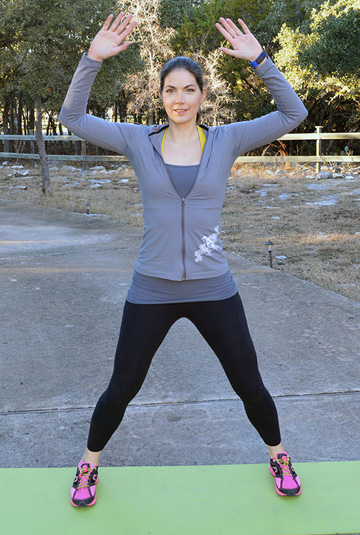
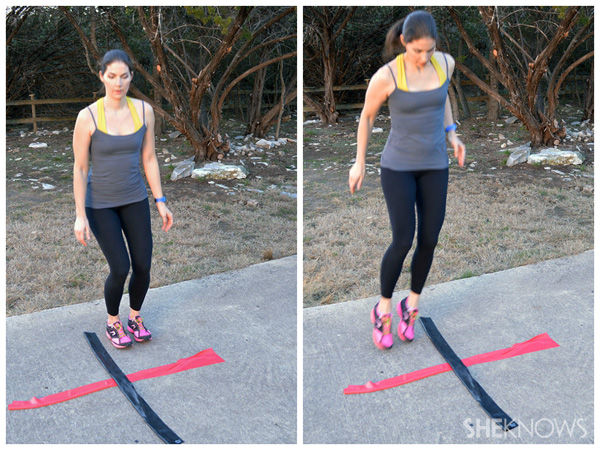
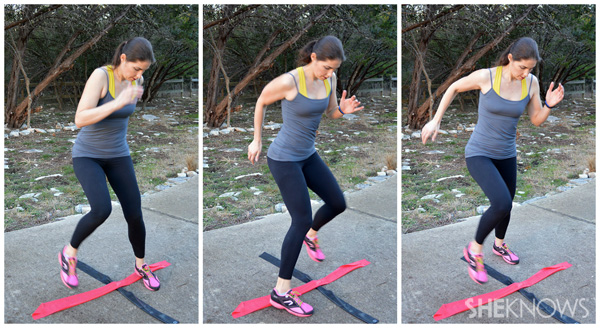
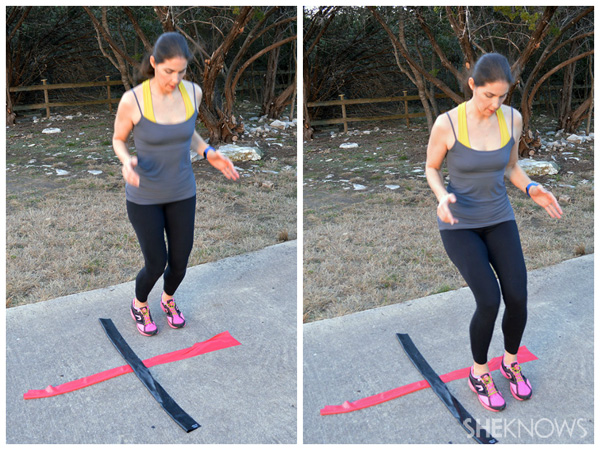
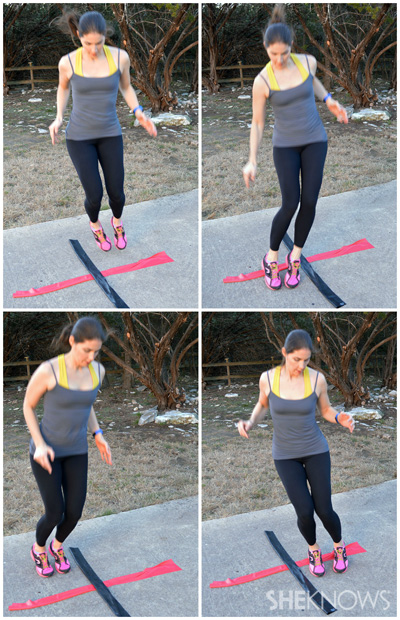

 How to trigger your inner alpha woman
How to trigger your inner alpha woman Quirky health resolutions that will change your life
Quirky health resolutions that will change your life 10 Ten-minute workout routines for your living room
10 Ten-minute workout routines for your living room 10 Health resolutions you probably overlook but shouldn't
10 Health resolutions you probably overlook but shouldn't